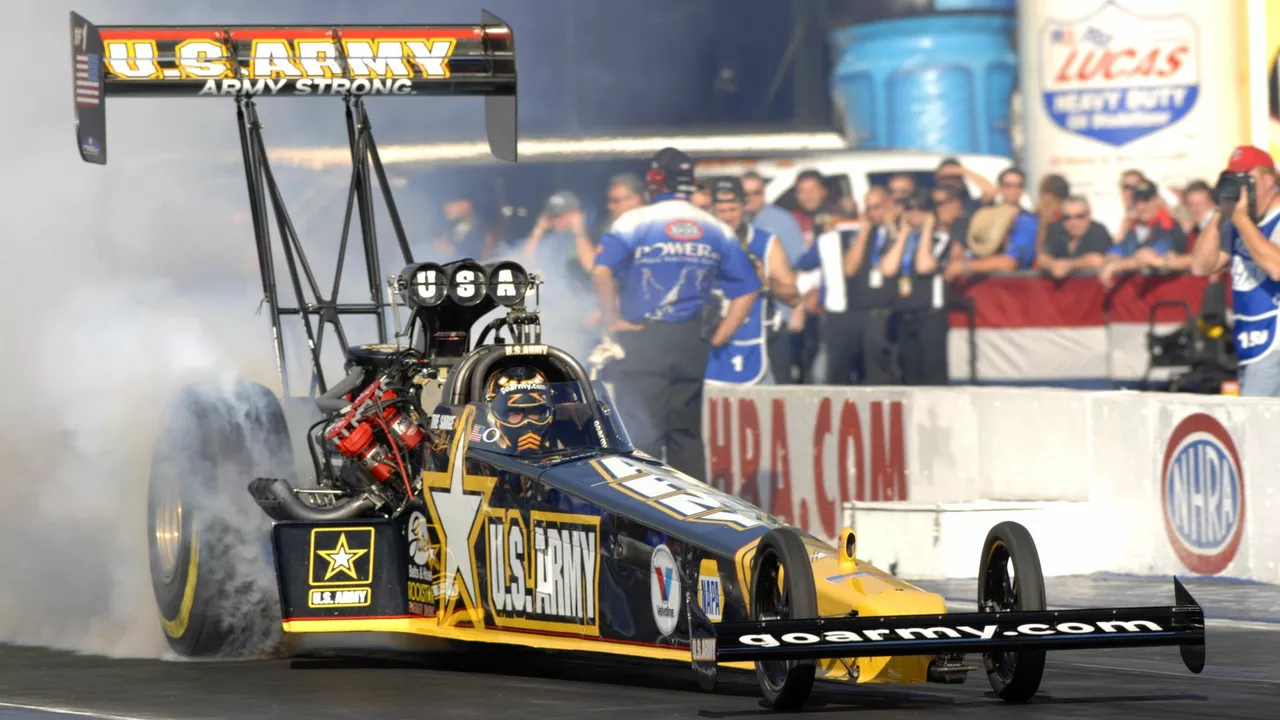Introduction: The Birth of Drag Racing
Drag racing has been a thrilling spectacle for as long as I can remember. The roaring engines, the smell of burning rubber, and the adrenaline rush of watching two cars race down a straight track in the shortest possible time - it's hard not to get hooked. But who was the most influential figure in the history of drag racing? In this article, I will discuss the pioneers who shaped this incredible sport and made it what it is today.
The Father of Drag Racing: Wally Parks
When talking about the most influential figure in drag racing, one can't help but mention Wally Parks. Often referred to as the "Father of Drag Racing," Parks was a key player in establishing the National Hot Rod Association (NHRA) in 1951. As the first president of the NHRA, he worked tirelessly to create a standardized set of rules and guidelines for the sport, ensuring its legitimacy and safety for all participants.
Under Parks' leadership, drag racing evolved from a disorganized pastime into a legitimate and widely popular motorsport. His vision and passion for the sport helped it grow exponentially, attracting more racers, fans, and sponsors from around the world. To this day, the NHRA is the world's largest motorsports sanctioning body, and its events draw massive crowds and viewership.
Don "Big Daddy" Garlits: The Innovator
Another major figure in the world of drag racing is Don "Big Daddy" Garlits. A true innovator, Garlits not only raced but also built and designed his own cars, constantly pushing the boundaries of speed and performance. He was the first driver to officially break the 200, 240, 250, 260, and 270 mph barriers in a Top Fuel dragster, cementing his status as a living legend in the sport.
Garlits' innovations in car design and engineering have had a lasting impact on drag racing. He was the first to introduce the rear-engine design in Top Fuel dragsters, revolutionizing the sport and improving driver safety. As a result, most Top Fuel dragsters in use today still employ the rear-engine layout. Garlits was also a pioneer in using data recorders and computers to analyze race data, helping racers optimize their performance on the track.
Shirley Muldowney: Breaking Barriers
Known as the "First Lady of Drag Racing," Shirley Muldowney was a trailblazer in a male-dominated sport. Despite facing many obstacles and doubters, Muldowney persevered and became the first woman to receive a professional NHRA Top Fuel dragster license in 1973. Her tenacity and skill behind the wheel quickly earned her the respect of her fellow racers and fans alike.
Muldowney's success on the track was nothing short of extraordinary. She became the first woman to win an NHRA Top Fuel event in 1976 and went on to win three Top Fuel World Championships in 1977, 1980, and 1982. Her accomplishments made her a role model and inspiration for women in motorsports, paving the way for future generations of female racers.
John Force: The Winningest Driver
With 16 NHRA Funny Car World Championships to his name, John Force is undeniably one of the most successful and influential drivers in drag racing history. His competitive spirit, showmanship, and relentless pursuit of victory have made him a fan favorite and a force to be reckoned with on the track.
Force's impact on drag racing goes beyond his numerous accolades. As the owner of John Force Racing, he has mentored and supported many talented drivers, including his daughters Ashley, Brittany, and Courtney Force. His team's success and dedication to the sport have contributed greatly to the growth and popularity of drag racing in the modern era.
The Snake and The Mongoose: Rivalry and Marketing Genius
Don "The Snake" Prudhomme and Tom "The Mongoose" McEwen were two of the most famous drag racers in the 1960s and 1970s. Their intense on-track rivalry and clever marketing strategies not only made them household names but also helped elevate drag racing's status as a mainstream sport.
The Snake and The Mongoose were among the first racers to secure major sponsorship deals, most notably with Mattel's Hot Wheels brand. This partnership not only provided financial support for their racing endeavors but also led to the production of their own line of die-cast toy cars, making them icons in both the racing and toy industries. Their success in securing sponsorships and promoting their personal brands paved the way for future racers to do the same, ultimately helping to fuel the growth of the sport.
The Impact of Television and Media
Television and media have played a crucial role in the popularization of drag racing. The sport's inherent visual and auditory appeal made it a perfect fit for broadcast television, and networks soon began airing drag racing events in the 1960s. This increased exposure helped attract new fans, sponsors, and racers, contributing to the sport's rapid growth.
Today, drag racing continues to enjoy widespread media coverage, with events being broadcast on major sports networks and streaming platforms. This constant exposure has helped maintain the sport's popularity and attract new generations of fans and racers alike.
Conclusion: A Rich History of Influential Figures
Throughout the history of drag racing, there have been many influential figures who have shaped the sport into what it is today. From the pioneering efforts of Wally Parks to the innovation of Don Garlits, the determination of Shirley Muldowney, and the marketing genius of The Snake and The Mongoose, these icons have left an indelible mark on the world of drag racing. Their passion, dedication, and accomplishments have inspired countless racers and fans, ensuring that the sport's legacy will continue to thrive for years to come.

